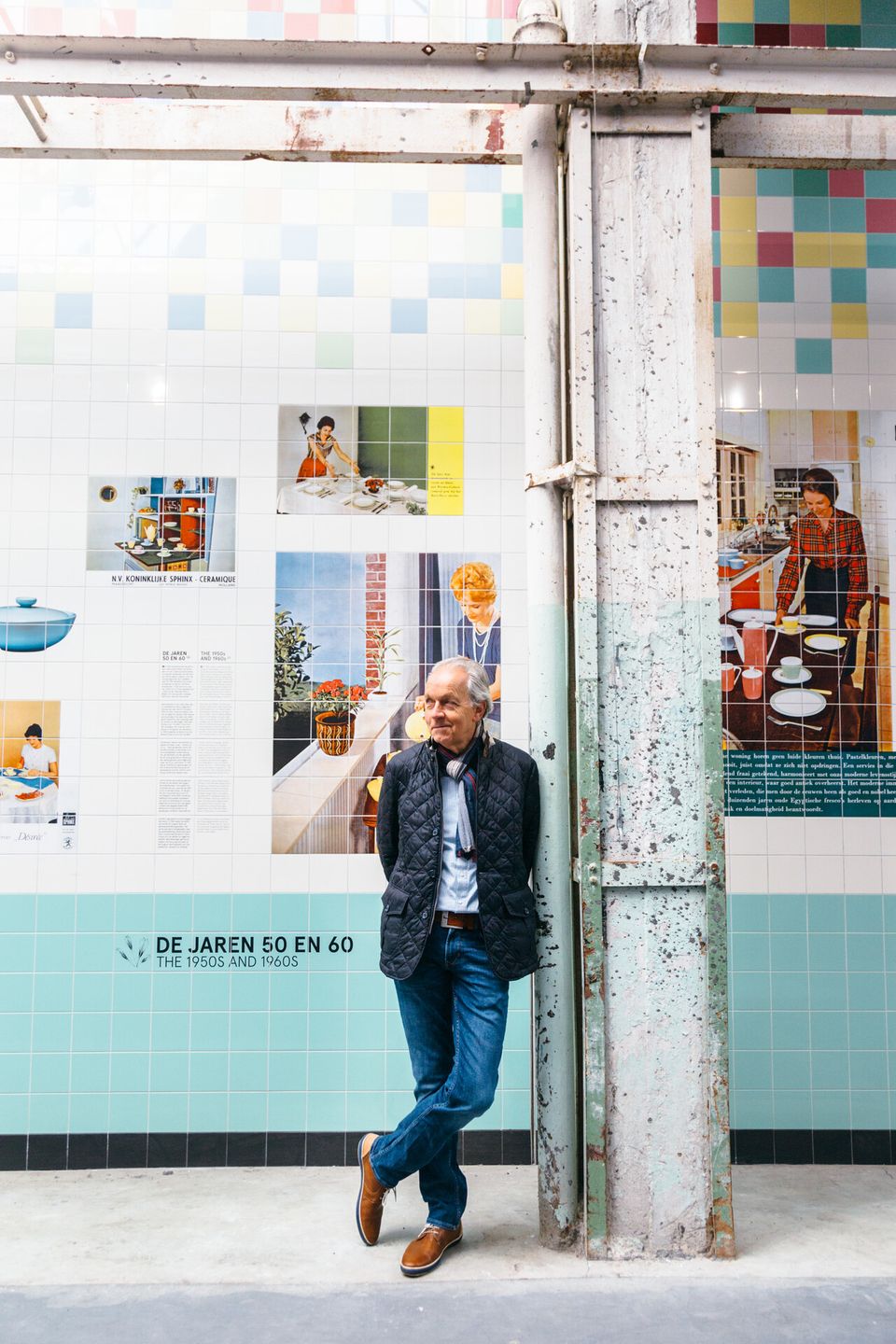10 hidden gems in Maastricht
Rolling vineyards, azure blue water, underground passages, and drinks on the water. There’s no need to go abroad because you’ll find all of this in Maastricht! In this post, we tell you about ten hidden gems in Limburg’s charming capital.
1. Concealed beneath the city: the Casemates
Maastricht's casemates are, quite literally, ‘hidden gems.’ Between 1579 and 1825, a network of passages and mine galleries was dug out beneath the west of the city. The purpose of this 11-kilometre-long system of passageways? To ambush and take out enemy troops attacking the city. You can still see the embrasures and the passageways used to listen out and send messages. In World War II, the people of Maastricht were pleased to have this public air-raid shelter. To see below ground for yourself, walk around the Casemates with a local guide and discover the history.

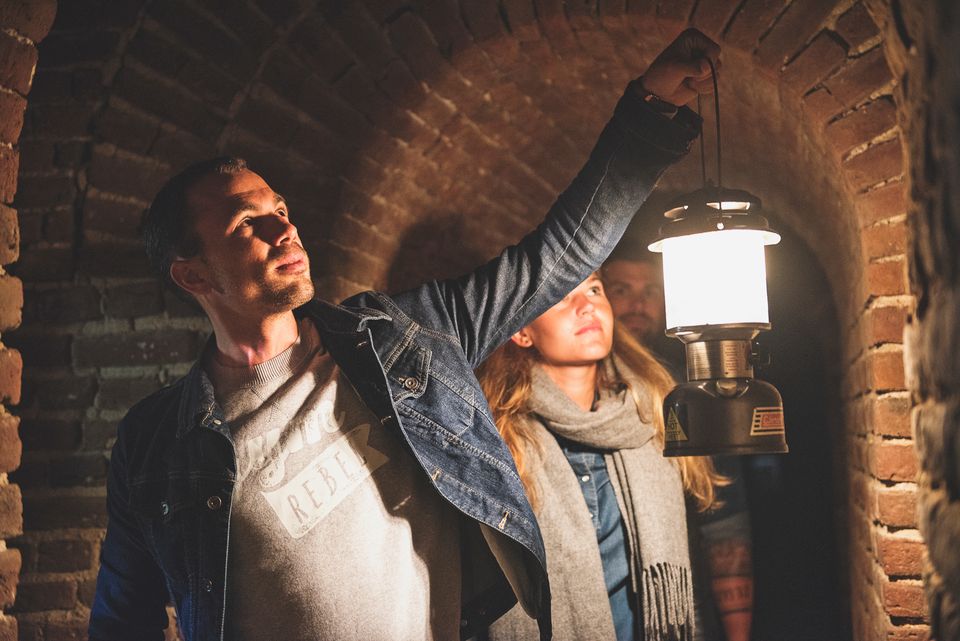
2. Unique nature: the ENCI Quarry
At the foot of the iconic Sint Pietersberg hill is an azure blue lake of the kind you also encounter in the South of France. Except, this one is in the Netherlands - at the ENCI's oldest production site, to be precise. Until 2018, this was where cement was produced from start to finish, including extracting the limestone. When limestone quarrying ceased, under the auspices of the Natuurmonumenten society for nature preservation the area was transformed into a unique nature reserve. The best views are to be had from the viewpoint on Luikerweg, where a relatively new trail takes you past water and through meadows. Be on the lookout for rare butterflies, eagle owls, and plants.
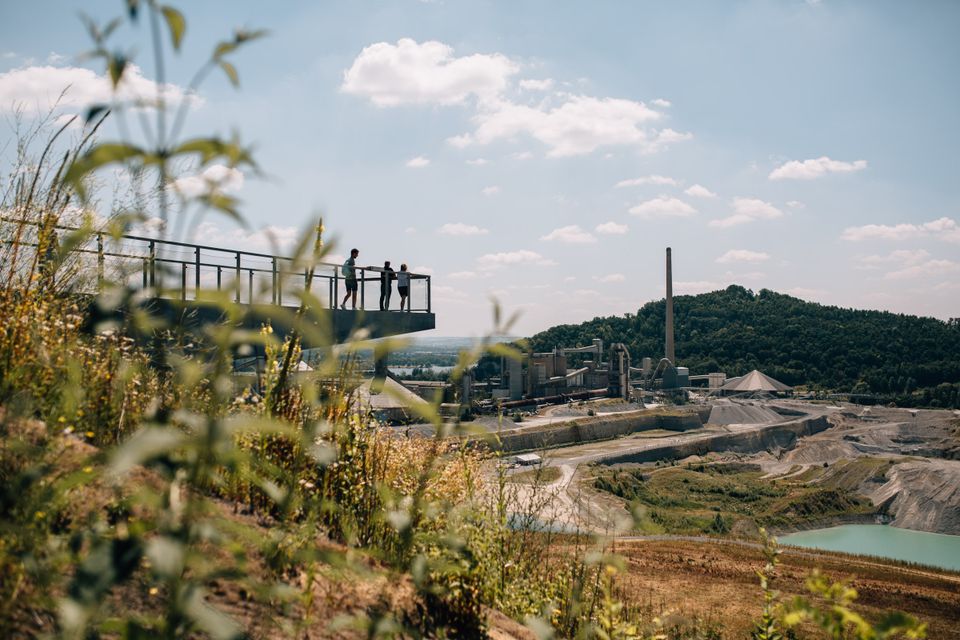
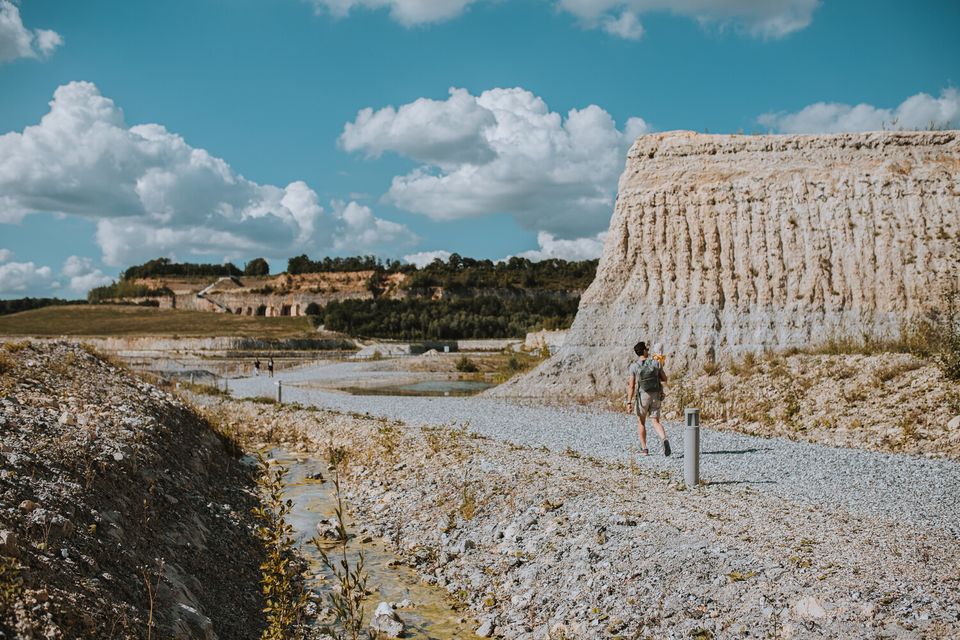
3. Beer with a history: Bosch beer brewery
Bosch beer brewery began brewing tasty beers for the people of Maastricht more than 260 years ago. Since 1970, the golden drink has no longer been brewed here, but the history of this iconic place is kept alive. The brewery, the five-storey malthouse, and the brewer's house have remained virtually intact since the closure. An enthusiastic guide tells you all about the artisanal brewing process and gives you a unique insight into daily life at the former brewery. All that learning about brewing gives you quite a thirst, so a beer tasting with delicious snacks in the Keizerzaal (emperor's hall) or Ridderzaal (knights’ hall) is a must.
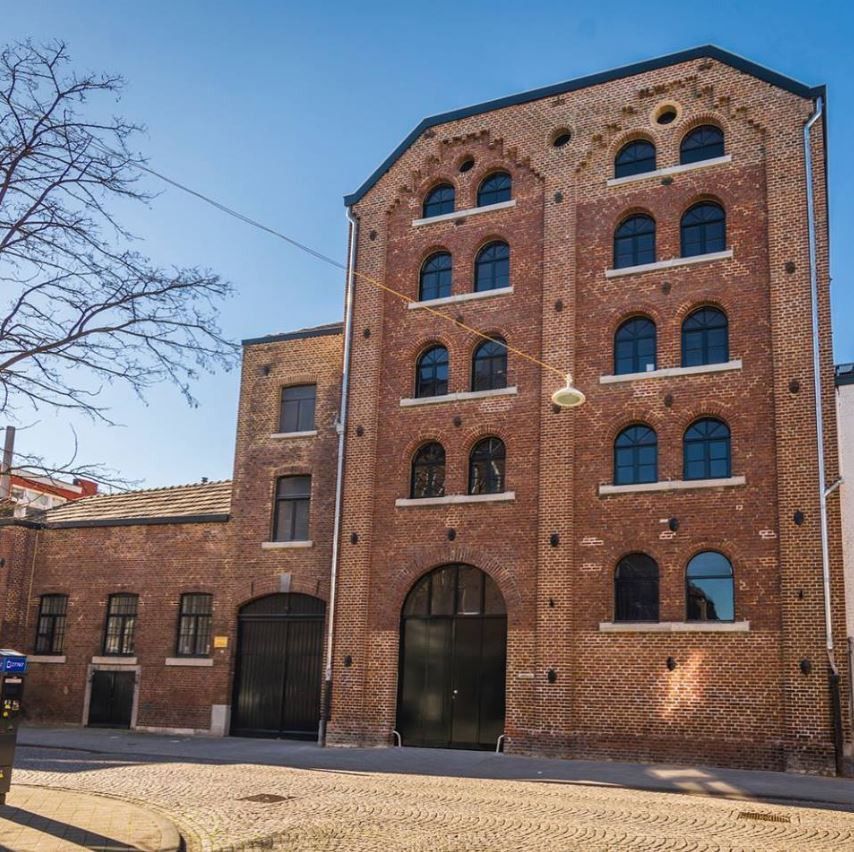
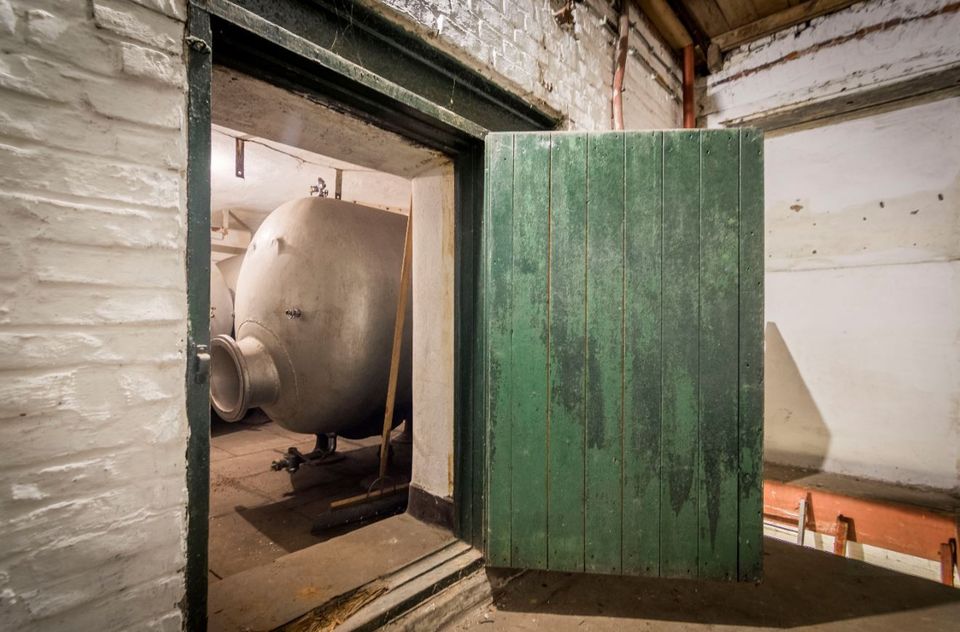
4. Like being in the South of France: inner-city harbour 't Bassin
A glass of wine and some appetizers by the waterside. At inner-city harbour ’t Bassin it feels like you're on the Côte d´Azur. Cheek by jowl with the historic centre, the former wharf cellars are now restaurants, swanky cafés, shops, and galleries. Here, you can admire or create art, watch cultural films, hire a dinghy, or take a cruise on the Meuse. Culture lovers and foodies will find plenty to enjoy among the ceramics factories of Sphinx, a national heritage site. A perfect day out starts with a coffee on the terrace, followed by a cultural activity, rounded off with drinks and a bite to eat.
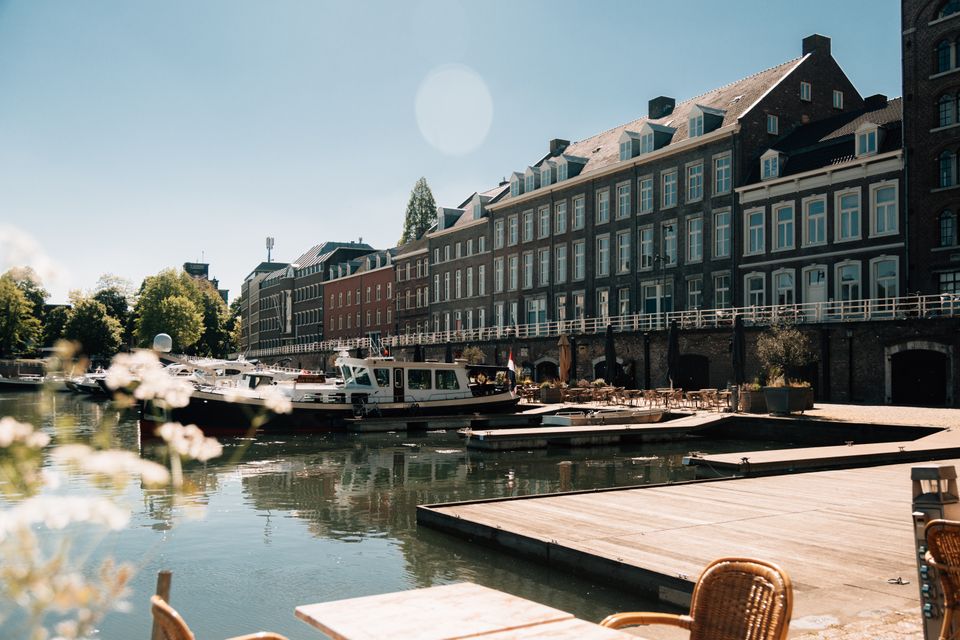
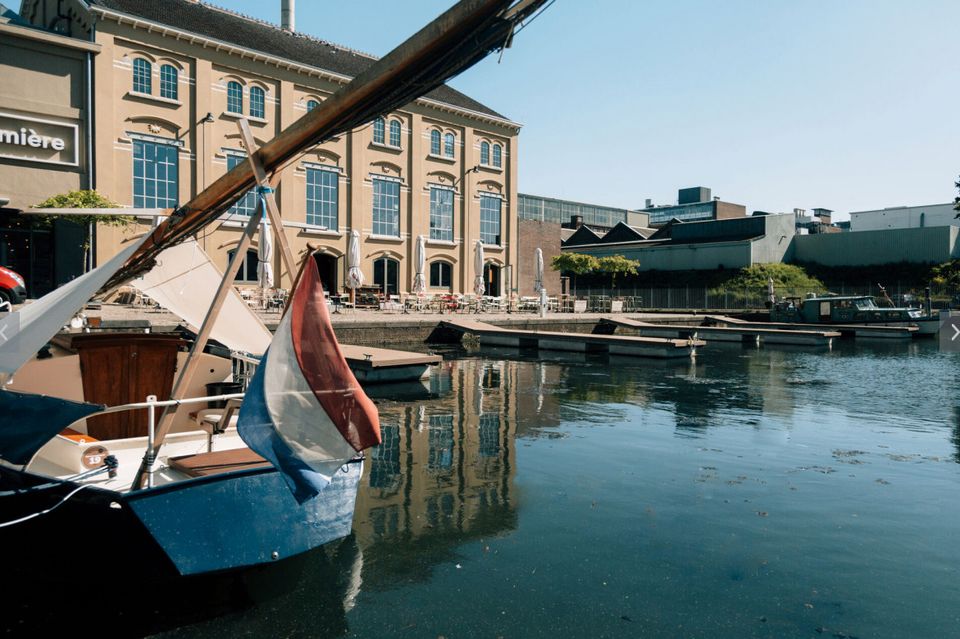
5. Paradise for book lovers: the Dominican church
Looking for one of the most unique bookshops in the world? Then the Dominicanen bookshop in the Dominican church is the place to be. The centuries-old church has served various purposes over the last two centuries, including a bicycle shed and a ‘carnival temple.’ Nowadays, you can hunt for your new favourite books here at your leisure. If books aren't really your thing, or you've already had a successful shopping session, treat yourself to a cappuccino or a delicious lunch at Blanche Dael Coffeelovers in the former chancel. Readings, debates, and music events are regularly organized in the bookstore. In short, it's a must-visit!
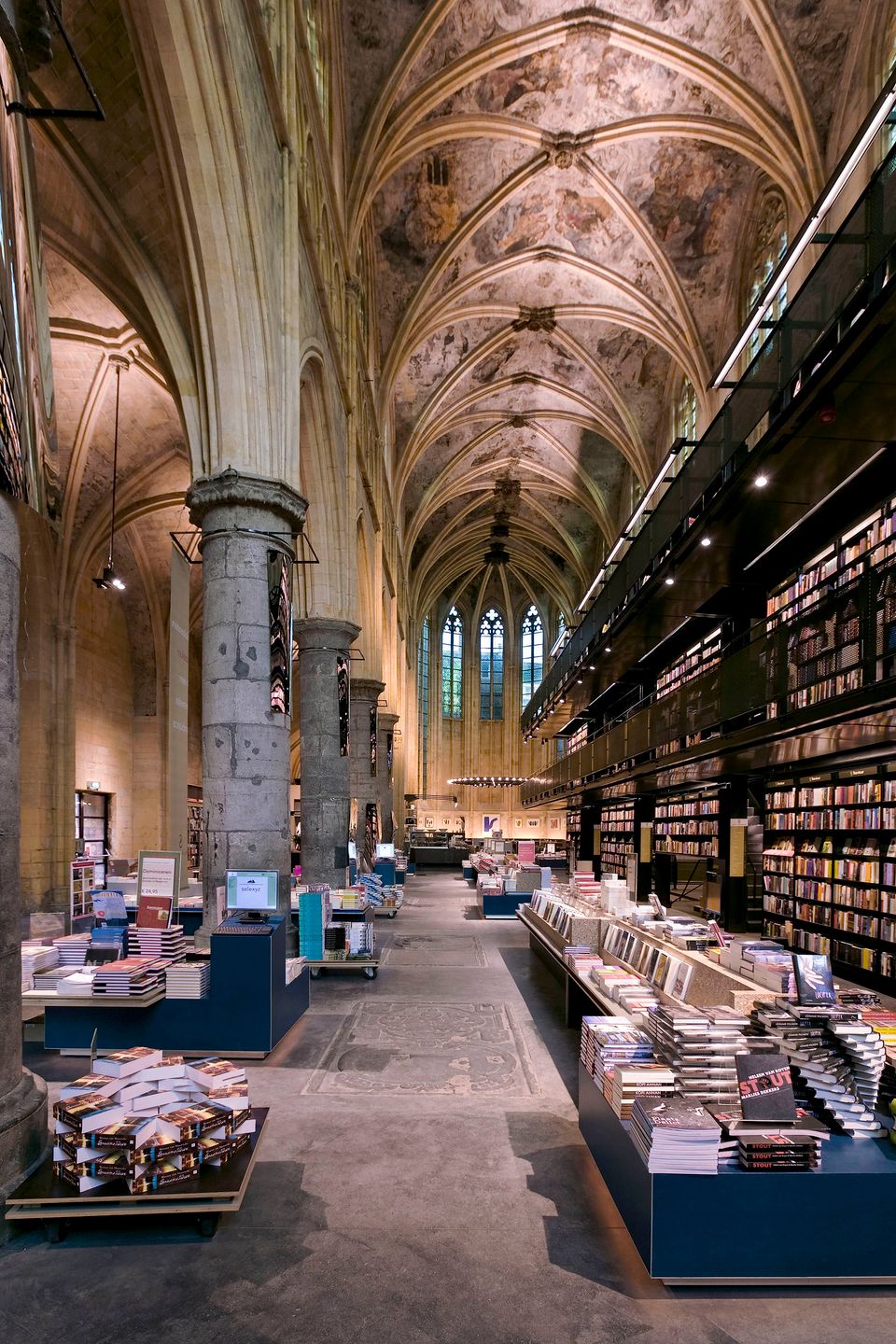

6. Untamed back garden: Frontenpark
The Frontenpark, which spans 20 hectares, is called ‘the untamed back garden of the Sphinx quarter.’ There are no perfectly mowed lawns, neatly pruned bushes or romantic buildings here. What you will find is an untamed park where nature has long been boss, with a handful of characterful old buildings dotted around. Don’t miss De Krul, a remnant of the old slipway of the Noorderbrug bridge. From the top there are fantastic views of the Sphinx quarter and the park's many highlights. Walk along steel ‘boardwalks’ to the old fortifications, picnic on the city meadow by the Gashouder (gas tank) or be inspired by creatives at Het Radium.


7. Maastricht wine: Apostelhoeve Vineyard
A vineyard in Maastricht? Yep, you read that right - several, in fact! On Louwberg on the south side of Maastricht is one of the Netherlands’ oldest and largest vineyards. The 15th-century building and the sloping vines would not look out of place over the border. Among the grapevines on the slopes of the Jeker valley, you can read all about winegrowing in Limburg. Discover five different grape varieties which, in the latter part of the year, are transformed into six dry white wines and two sparkling wines. Curious what a wine from this Dutch region tastes like? Finish your visit with a wine tasting at the winery.
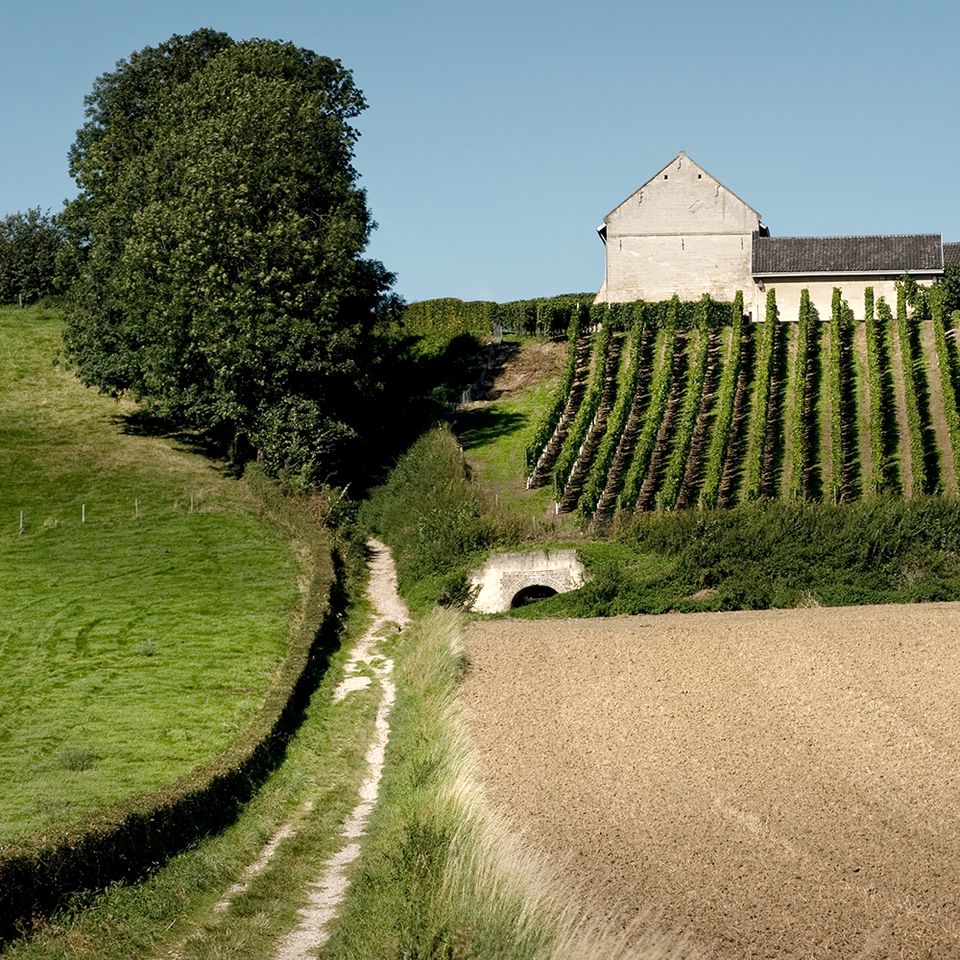
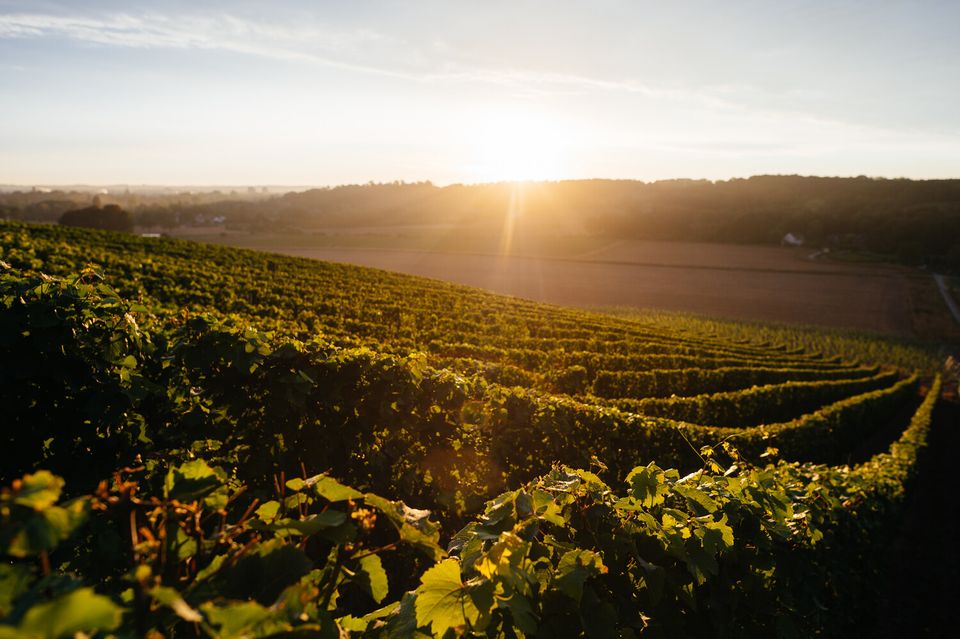
8. A formidable edifice: Fort Sint Pieter
Atop Sint Pietersberg hill, Fort Sint Pieter looks out proudly over the city. The fort was built around 300 years ago, to defend the southern city walls. In 1794, the formidable structure proved more than a match for the French who attacked the fort. Take a guided tour of the highlights of the well-preserved fort and admire the views of the city. Afterwards, treat yourself to a delicious lunch in the nearby cafés and restaurants, or go on a walk around the caves in Sint Pietersberg.
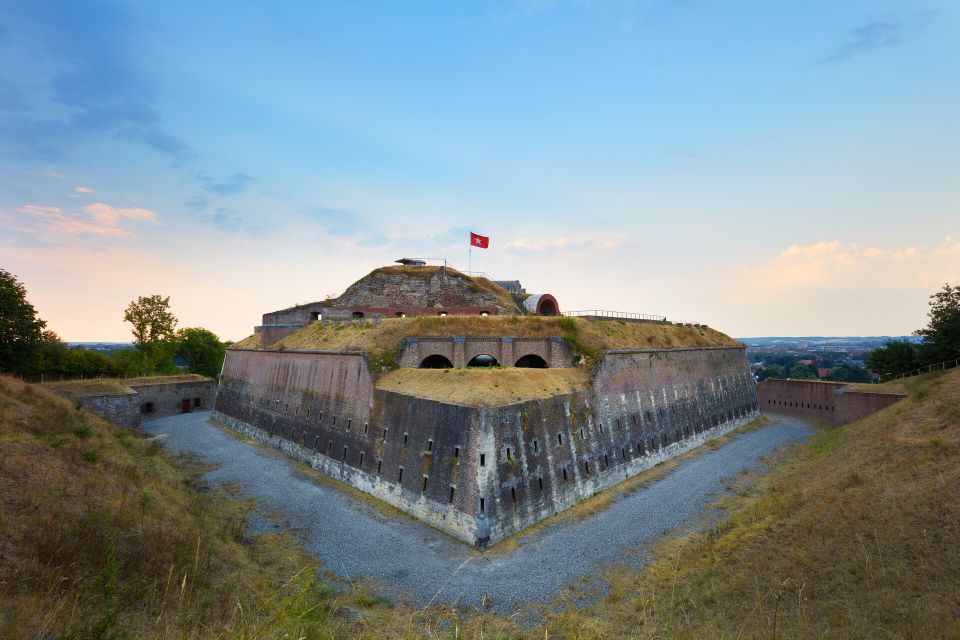
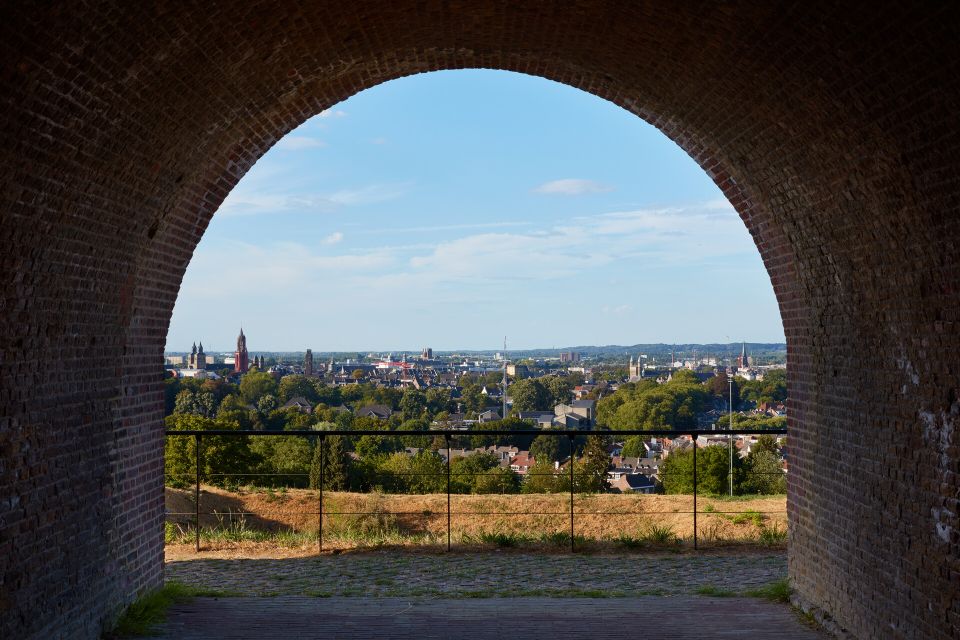
9. A monk's toil: the Crosier monastery
In the photogenic Crosier monastery, the Crosier monks, also known as the Crutched Friars, would spend their days studying, copying, and binding books. In the Middle Ages, there were eleven of these types of monastery within Maastricht's city walls, but few survive. The Crosier monastery has withstood several wars, even serving for a while as a munitions store and barracks. In 2000, this national heritage site was transformed into a magnificent five-star design hotel. The monastery is one of only a handful of Dutch Gothic monasteries to have survived turbulent times so, if you can't stay the night there, the majestic building with its red and white shutters is worth a visit.
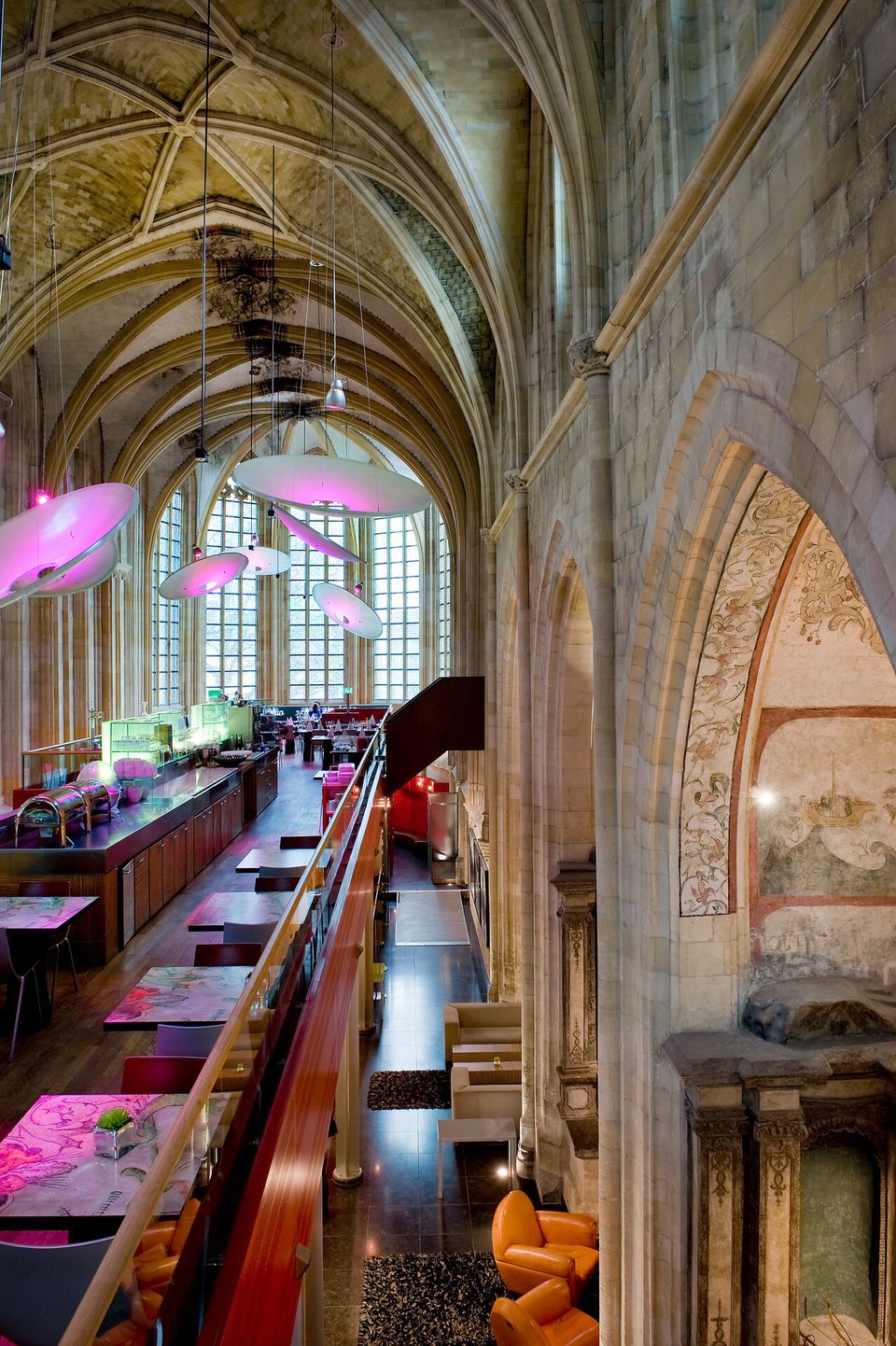
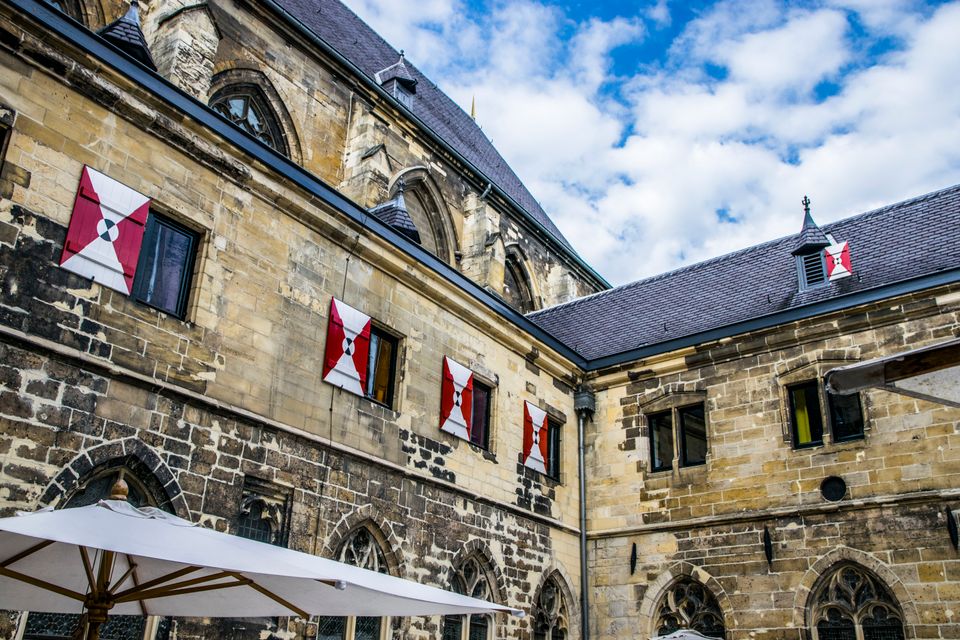
10. Tile-gazing: Sphinx passage
The 120-metre-long Sphinxpassage takes you on a stroll past the history of Maastricht’s Sphinx quarter. Nearly 30,000 tiles depict family portraits, factory buildings, tableware patterns, advertising material, and toilet bowls, all of which played a role in the ceramics industry in Sphinx. By each tile panel, a background story opens a window on the past. You will discover that much has changed since Petrus Regout founded the Sphinx factory. The modern-day Sphinx quarter is a vibrant district where people live, work, and relax.
